Many people assume that if a drug is generic, it must be cheap. But that’s not always true. Some generic medications cost nearly as much as the brand-name versions they’re supposed to replace. And when you’re taking two or more pills every day, those small price differences add up fast. The real savings don’t come from just picking any generic - they come from choosing the right generic combination or switching to a lower-cost therapeutic alternative that does the same job.
Why Some Generics Cost More Than Others
Not all generics are created equal. A 2022 study of 1,000 top-selling generics in Colorado found that 45 of them were priced at least 15 times higher than other generics treating the same condition. One pill might cost $1.50, while another, with the exact same active ingredient, costs just $0.10. That’s not a pricing error - it’s how the market works. These high-cost generics often stay expensive because there’s little competition. If only one company makes a specific version of a drug, they can set higher prices. But when five or six companies start making the same drug, prices drop fast. In markets with three or more generic manufacturers, prices typically fall by 20% within three years. With more competitors, the drop can hit 80% or more. Take Crestor, for example. When the brand-name version first lost patent protection in 2015, the generic started at $5.78 per pill. Today, it’s $0.08. That’s a 99% drop. But if you’re still paying $1.50 for a generic version of Crestor, you’re not getting the deal others are.Combination Drugs: One Pill, Two Drugs, Big Savings
Combination drugs - pills that mix two medications into one - can be game-changers. Instead of buying two separate generics, you get both in a single pill. That’s not just convenient. It’s cheaper. In 2019, the asthma medication Advair Diskus cost about $334 per inhaler. When the generic version, Wixela Inhub, hit the market in 2019, it sold for $115. That’s a 66% drop in price per unit. By January 2020, the total monthly spending on Advair and its generic dropped from $337 million to $233 million. That’s over $100 million in monthly savings across the U.S. alone. The same pattern shows up in other combination therapies. For diabetes, heart disease, and high blood pressure, many patients take two drugs daily. When those two drugs are combined into one pill as a generic, the cost often drops by 50% or more. And because you’re taking one pill instead of two, adherence improves - meaning better health outcomes and fewer hospital visits down the line.Therapeutic Substitution: Same Effect, Lower Price
You don’t always need to switch to the exact same drug. Sometimes, you can switch to a different generic that works just as well - and costs far less. The JAMA Network Open study found that 62% of the high-cost generics they identified could be replaced with a different dosage form or strength of the same drug. For example, if you’re paying $2.50 for a 10mg tablet, you might be able to buy a 20mg tablet for $1.20 and split it. That’s a 95% savings per dose. Pharmacists can often help with this - if your doctor approves. Other times, it’s a different drug entirely. For instance, one generic blood pressure pill might cost $40 a month, while another generic that works just as well costs $8. Both are FDA-approved. Both are clinically equivalent. But one saves you $32 a month. That’s $384 a year. Multiply that by millions of patients, and you’re talking billions in savings.
Who’s Saving the Most?
The biggest savings aren’t going to people with good insurance. They’re going to the uninsured. A 2023 study of over 843 million prescriptions found that uninsured patients saw the highest out-of-pocket savings - nearly 29% of their fills resulted in lower costs. For people on Medicare, it was 5.5%. For private insurance, 7.1%. Medicaid patients saw almost no savings at all - because their copays are already capped at $1 or $2 per prescription. This tells us something important: the real cost crisis is for people who pay full price. If you’re uninsured or underinsured, asking your pharmacist about lower-cost alternatives isn’t just smart - it’s essential. Even if you have insurance, you might still be paying more than you need to. Check your formulary. Ask if there’s a generic version of your combination drug. Ask if splitting a higher-dose pill is safe.How to Find the Best Generic Option
You don’t need a degree in pharmacology to save money. Here’s how to do it:- Check the Orange Book - the FDA’s official list of approved generics and their therapeutic equivalence ratings. Look for drugs rated “A” - that means they’re interchangeable with the brand-name version.
- Ask your pharmacist: “Is there a cheaper generic version of this drug?” or “Is there a combination pill that includes both of these?”
- Compare prices at different pharmacies. A drug that costs $40 at CVS might be $12 at Walmart or Costco.
- Use price-checking tools like GoodRx or SingleCare. They show real-time prices across local pharmacies.
- If your doctor prescribes a high-cost generic, ask: “Is there a similar drug that costs less but works just as well?”
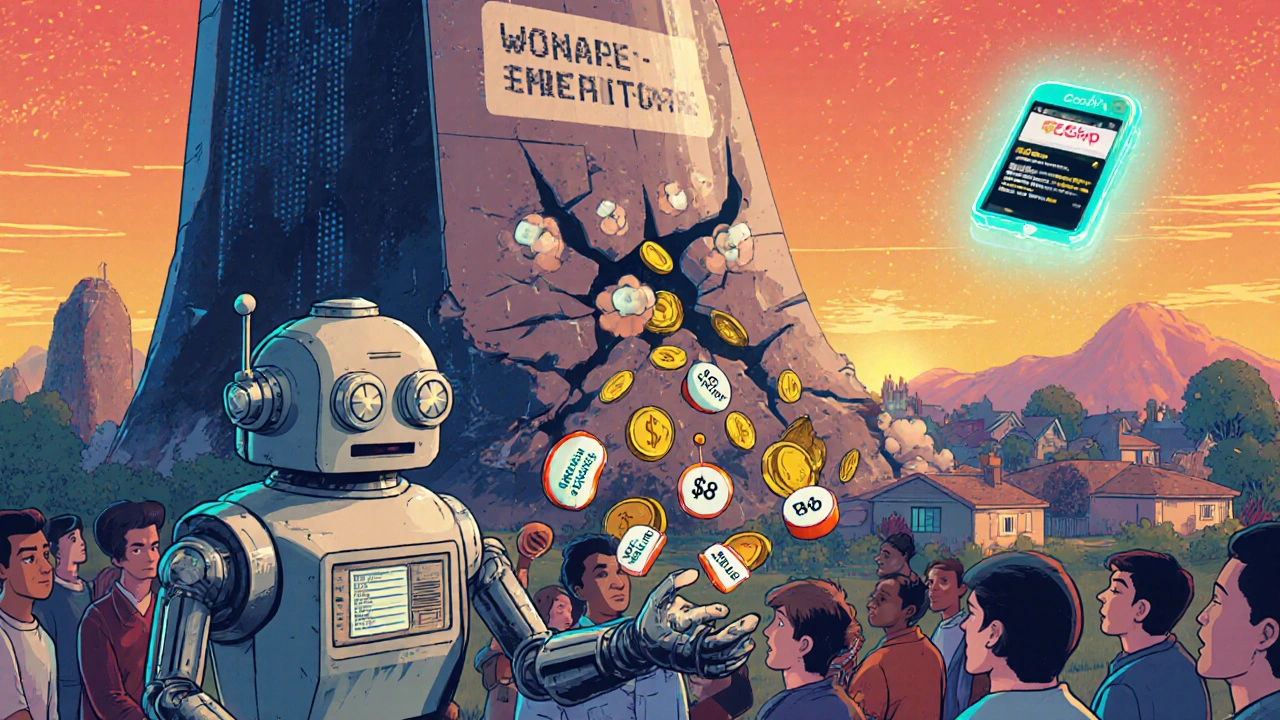
Barriers to Saving - And How to Overcome Them
There are real obstacles. Some pharmacies won’t automatically substitute. Some doctors aren’t trained to ask about cost. Some insurance plans restrict which generics you can use. But you can push back. If your insurance denies a cheaper generic, file an appeal. Ask your doctor to write a letter of medical necessity - even if the drugs are equivalent, sometimes the plan needs a little nudge. Also, watch out for “product hopping.” That’s when a drug company slightly changes a drug’s formula - say, switching from a tablet to a capsule - and then patents the new version. The old generic disappears, and the new one costs more. It’s legal. It’s frustrating. But you can still find alternatives.What This Means for You
If you’re taking two or more medications, especially for chronic conditions like diabetes, high blood pressure, or asthma, you’re probably paying more than you need to. The data is clear: generic drugs save billions every year. But the biggest savings come from choosing wisely - not just picking the first generic you see. A $5 difference per pill might not seem like much. But over a year, that’s $1,825. That’s a new pair of glasses. A month’s rent. A weekend trip. For many, it’s the difference between managing a condition and managing a budget. The system isn’t perfect. But you don’t have to accept the price you’re given. Ask questions. Compare options. Push for the lowest-cost, clinically equivalent choice. It’s not just about saving money. It’s about making sure your treatment stays affordable - and sustainable - for the long haul.Are all generic drugs the same price?
No. Two generics with the same active ingredient can cost vastly different amounts. One might be $0.10 per pill, while another is $2.00. The difference often comes down to how many companies make it and whether it’s sold under a brand-like label. Always compare prices.
Can I split a higher-dose generic pill to save money?
Sometimes, yes - but only if your doctor approves. Many pills are scored and safe to split, like those for blood pressure or cholesterol. But not all are. Never split capsules, extended-release pills, or drugs with coatings designed to release slowly. Always check with your pharmacist first.
Why does my insurance not cover the cheaper generic?
Your plan may have a preferred generic on its formulary, or your doctor may have prescribed a specific brand. Sometimes, the cheaper version isn’t on the list. Ask your pharmacist to request a formulary exception or ask your doctor to prescribe a different generic that’s covered.
What’s the difference between a combination drug and taking two separate generics?
A combination drug mixes two active ingredients into one pill. Taking two separate generics means two pills, two copays, and potentially higher total cost. Combination generics often cost less than buying the two drugs separately - and make it easier to remember to take both.
How do I know if a generic is safe and effective?
All FDA-approved generics must meet the same standards as brand-name drugs. They contain the same active ingredient, in the same strength, and work the same way. The FDA’s Orange Book lists which generics are rated as therapeutically equivalent (labeled “A”). If it’s rated “A,” it’s safe to substitute.
Can I switch to a cheaper generic without asking my doctor?
In most cases, your pharmacist can substitute a generic unless your prescription says “Dispense as Written” or “Do Not Substitute.” But if you’re switching to a different drug entirely - not just a different brand of the same drug - your doctor needs to approve it. Always check before switching.

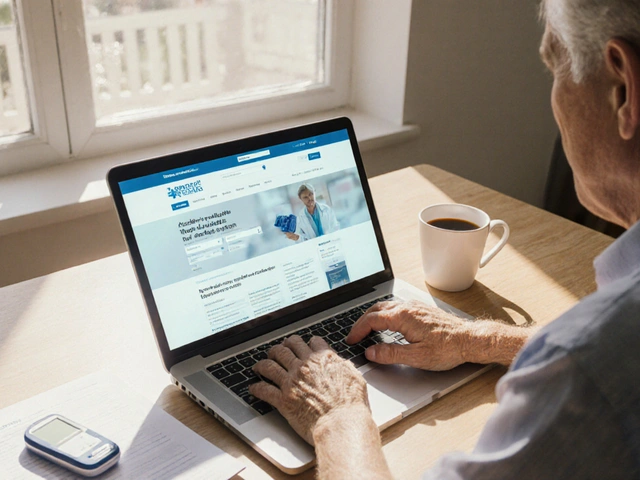
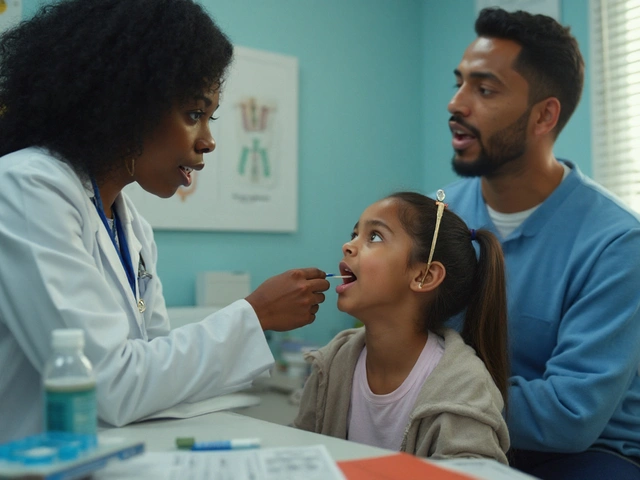
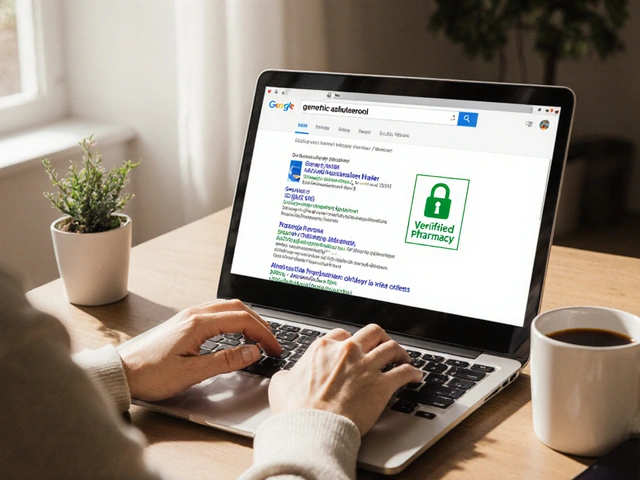
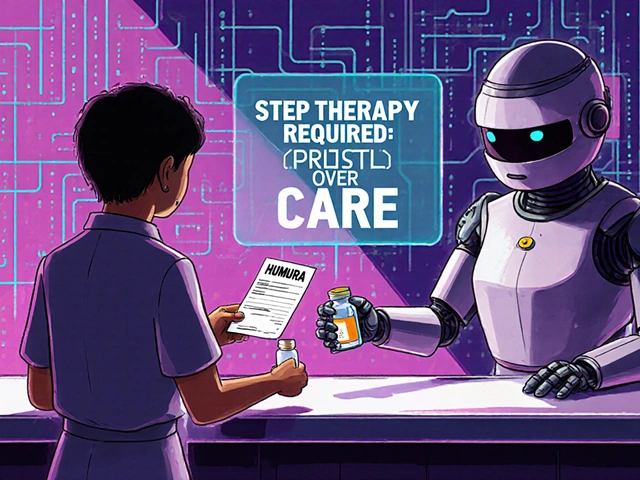
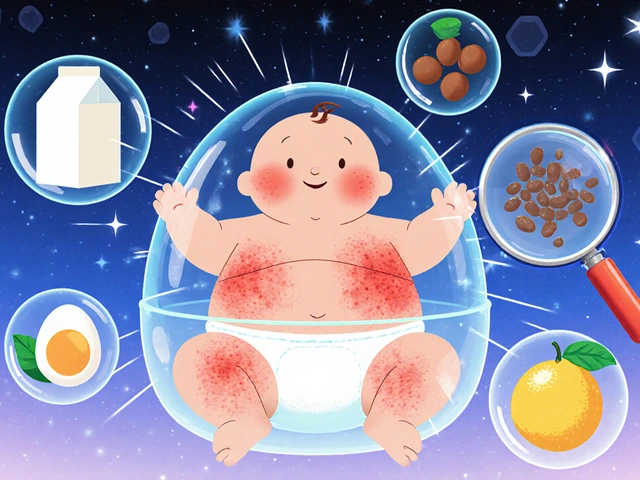
Andy Slack
November 8, 2025 AT 02:51Just switched my blood pressure meds to the $0.10 generic after using GoodRx. Was paying $42 for the 'brand-like' version. Now I'm saving $500 a year. No joke. My dog gets more treats now. 🐶
Rashmi Mohapatra
November 9, 2025 AT 20:29in india we dont even have access to these cheap generics most of the time. pharmacy gives u whatever the rep pushed. even if its 10x cost. and doctors dont care. they get kickbacks. sad but true.
Abigail Chrisma
November 11, 2025 AT 07:57This is such an important conversation. I’ve seen friends choose the first generic they see and end up paying double because they didn’t check the Orange Book or ask their pharmacist. It’s not just about saving money-it’s about dignity. No one should have to choose between medicine and groceries. If you’re on meds long-term, spend 10 minutes learning how to navigate this. It’s worth it.
Ankit Yadav
November 12, 2025 AT 18:23Splitting pills works if the pill is scored and not extended release. I split my 20mg lisinopril into two 10mg doses. Cost went from $18 to $4 a month. Pharmacist confirmed it was safe. Doctor approved. Done. Simple. Why isn't this common knowledge?
Meghan Rose
November 14, 2025 AT 10:48Wait, so you're telling me I've been overpaying for my diabetes meds for three years? I didn't even know there were multiple generics. My pharmacist never mentioned it. And now I'm supposed to just start asking? What if my doctor gets mad? What if my insurance says no? This system is designed to confuse people. It's not a bug, it's a feature.
Steve Phillips
November 15, 2025 AT 21:00Oh, so now we're celebrating the fact that pharmaceutical companies are being outsmarted by people who can read? The fact that a $5.78 pill became $0.08 after patent expiry? That's not innovation-that's capitalism at its most grotesque. And now we're supposed to be grateful for being allowed to buy the drug at 1% of its original price? This isn't a win. It's a tragedy wrapped in a GoodRx coupon.
Rachel Puno
November 15, 2025 AT 22:34If you're taking two pills a day, don't just accept the first generic. Ask your pharmacist: 'Is there a combo version?' Nine times out of ten, there is. And if they say no, ask again. I saved $280 a year just by asking. Seriously. It's not hard. You deserve to feel better without going broke.
Clyde Verdin Jr
November 16, 2025 AT 06:16LOL at people acting like this is some revolutionary tip. The system is rigged. The FDA is a puppet. The pharmacies are in cahoots. You think splitting pills is the answer? Nah. You think asking your doctor is the answer? Nope. The answer is single-payer. Or at least a government that doesn't let corporations turn life-saving meds into luxury items. 🤡💸
Key Davis
November 16, 2025 AT 19:31It is imperative to underscore that the therapeutic equivalence of generic medications, as designated by the FDA in the Orange Book, is not merely a regulatory formality-it is a scientifically validated standard. Patients are strongly advised to consult with licensed pharmacists regarding substitution protocols, and to verify that any dosage adjustment, including pill splitting, is clinically appropriate under the supervision of a prescribing physician. The ethical imperative to optimize health outcomes while minimizing financial burden cannot be overstated.